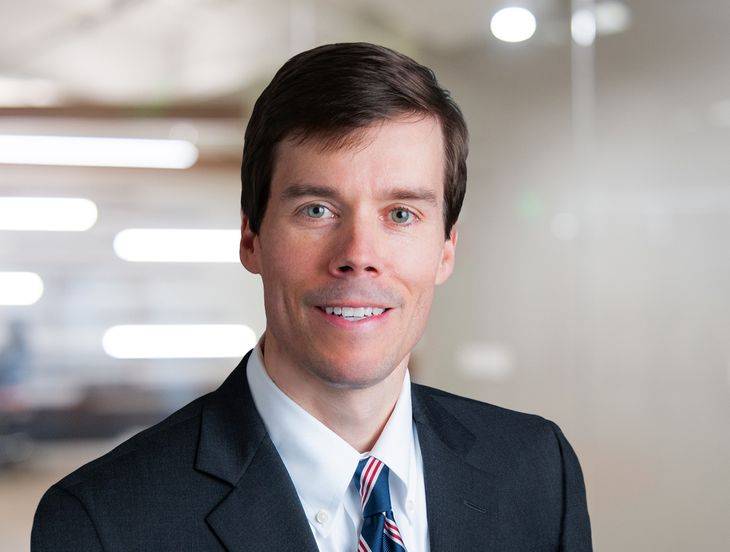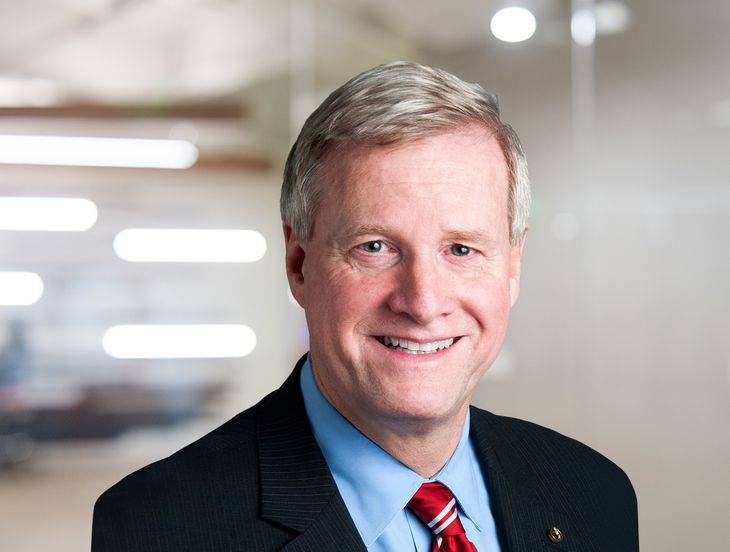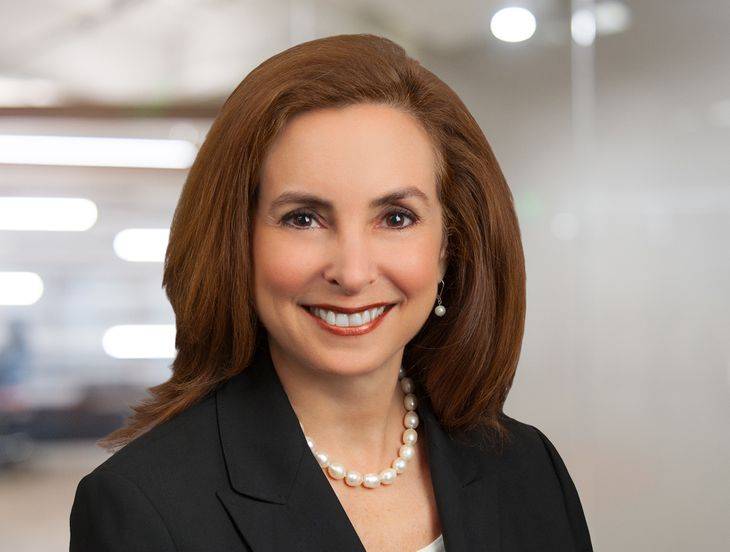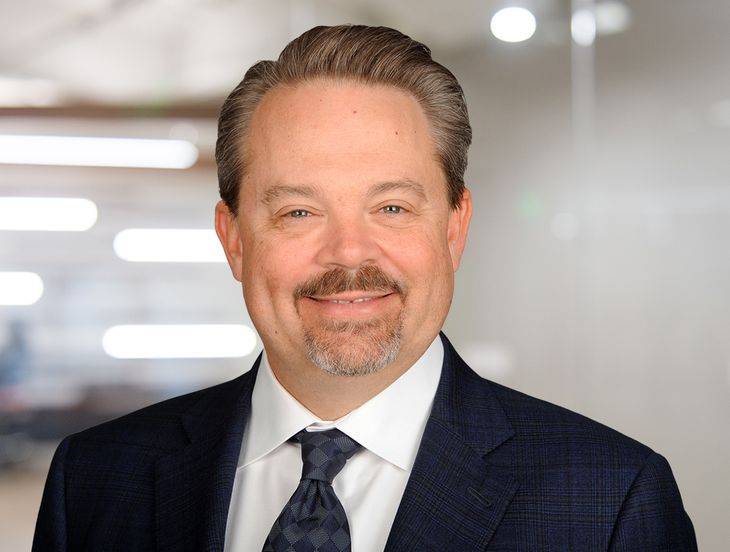What Labor Secretary Acosta’s Departure Means For Employers
Insights
7.15.19
When the news broke Friday afternoon that Labor Secretary Alexander Acosta would be resigning from his post, employers across the country began wondering what this transition would mean for them. You may have even heard speculation that Acosta’s immediate replacement could accelerate the agenda that has been restoring balance to the employer-labor relationship over the past several years. We’ve assembled the opinions of some of our firm’s foremost thought leaders – including a former colleague of the incoming acting secretary – to help provide a glimpse into what you should expect from the U.S. Department of Labor in both the short term and the long term.
The Basics: What Does The USDOL Do?
The Secretary of Labor is a Cabinet-level position heading the U.S. Department of Labor (USDOL), one of the federal agencies that has the widest and deepest impact on employers across the country. The agency impacts the inner workings of the American workplace on a daily basis. It enforces laws involving employers and unions, and more importantly, develops binding regulations and directives for a variety of workplace laws. It encompasses over 30 agencies, boards, offices, and programs that each have a specialized role when it comes to labor and employment law.
The three most commonly known agencies and offices within the USDOL are the Wage and Hour Division (WHD), the Occupational Safety and Health Administration (OSHA), and the Office of Federal Contract Compliance Programs (OFCCP). However, the USDOL also has a role to play with respect to family leave, joint employment, pay equity, and immigration law. Employers may also be interested to follow the goings-on which will take place at the Office of Labor-Management Standards (OLMS) – an office that could play a vital role over unionized workplaces in the coming years.
Who Will Be Taking Over?
Once Acosta’s resignation becomes effective on July 19, Patrick Pizzella will assume the role heading the agency, at least on an acting basis. He has been the Deputy Secretary of Labor for a little over a year. Prior to this post, however, Pizzella spent a lifetime mostly in government and political service – including a several-year period when he worked with Fisher Phillips partner Edwin Foulke, Jr., former head of OSHA during the George W. Bush administration (April 2006 to November 2008). According to Foulke, Pizzella is a “hard-working, no-nonsense person who will move the Trump administration’s USDOL agenda forward much faster than Secretary Acosta had.” Foulke also notes that Pizzella’s many years in high-ranking federal service means that “he has a thorough knowledge of all the agencies” he will oversee at the USDOL, which means we can expect an efficient operation.
A native of New York, Pizzella received his collegiate degree from the University of South Carolina. He worked on Ronald Reagan’s 1976 presidential campaign before spending the next four years working for employer advocacy organizations. Once Reagan was elected president, Pizzella began his long public sector career, working in various bureaucratic capacities (stints at the General Services Administration, the Small Business Administration, and the Department of Education) during both administrations. The next six years saw him work as an administrator for the Federal Housing Finance Board, serving under both President George H.W. Bush and Bill Clinton.
From 1996 to 2001, Pizzella returned to the private sector and worked as director of coalitions and as government affairs counselor for a lobbying organization. During this time, he worked under Jack Abramoff, who was the center of a large-scale corruption scandal. Although many of Abramoff’s associates pled guilty or were convicted of criminal behavior, Pizzella was not one of them. It is quite likely, however, that critics of the administration will rehash the scandal in the coming days and weeks.
He returned to government service in 2001 with the election of George W. Bush, serving as Assistant Secretary of Labor for Administration and Management at the USDOL for both terms of the Bush presidency. Once Barack Obama was elected, Pizzella initially reverted to the private sector as a consultant for several years, but once again returned to the federal government as a Republican member of the Federal Labor Relations Authority (the organization that governs labor relations matters between the federal government and its employees) in 2013.
In 2018, he was nominated to his current post as Deputy Secretary at the USDOL by President Trump. Once confirmed by the Senate, Pizzella enjoyed the distinction of having served in an official capacity for six consecutive presidents. Despite his status as a career bureaucrat, however, he has demonstrated himself to be receptive to the concerns of the employer community; so much so, in fact, that Bloomberg News recently opined to that he is expected to be “harder charging” as compared to Secretary Acosta when it comes to advancing management interests. So what does this mean for employers?
Pay Equity And Affirmative Action
The big question on most employers’ minds right now is the status of the revised EEO-1 reports and whether you will need to produce a mountain of pay data and hours-worked information (Component 2 data) for both 2017 and 2018 by the current September 30, 2019 deadline. While the Equal Employment Opportunity Commission (EEOC) has, to date, been at the forefront of the fight against this cumbersome requirement, an energized USDOL could also play a role. “The EEO-1 reports are actively used by both the EEOC and by the USDOL,” says Cheryl Behymer, co-chair of the Fisher Phillips Pay Equity Practice Group, which means that the Labor Department could also insert itself into the legal fight over the validity of the beefed-up EEO-1 reports. Behymer reminds us that the while the initiative is within the purview of the EEOC and not the USDOL, it was spurred in part by a presidential memorandum directing the USDOL to increase data collection related to wages and gender.
“If the new acting Secretary of the Department of Labor could navigate a stay of this requirement,” Behymer says, “the business community at large would be very grateful.” She notes that a decision to either force an emergency hearing on the pending appeal to push for a stay to be reinstated, or taking any other procedural step that would relieve employers from this looming deadline – as the portal for uploading the information opened today in advance of the fast-approaching September 30 deadline – would make whoever negotiates it “very popular” with the business community.
Behymer also chairs the firm’s Affirmative Action and Federal Contract Compliance Practice Group. In this capacity, she and others in the firm help employers doing business with the federal government (federal contractors and subcontractors) comply with certain nondiscrimination laws, especially those enforced by the Office of Federal Contract Compliance Programs (OFCCP). According to Behymer, federal contractors would benefit by a decision to rescind the 3,500 Corporate Scheduling Announcement Letter (CSAL) letters issued in March 2019 notifying them that they have been selected for an audit during the upcoming cycle. “Instead,” Behymer says, “a different USDOL leader may require the OFCCP to direct its efforts to increasing training opportunities for federal contractors, instead of diverting such significant resources to enforcement activities.”
Workplace Safety
With respect to OSHA and workplace safety and health issues, you can expect the agency to focus more on compliance assistance to balance against enforcement activities under Pizzella’s leadership. That’s according to Edwin Foulke, Jr., former head of OSHA during the Bush administration (April 2006 to November 2008), and a partner in the Fisher Phillips Workplace Safety and Catastrophe Management Practice Group.
While Foulke notes that Secretary Acosta did not prioritize compliance assistance and retained the same levels of enforcement focus seen during the days of the Obama administration, he believes “Pizzella will encourage more partnerships and alliances with employers. He will likely encourage the Area Offices to increase the number of employers participating in the Voluntary Protections Programs – a program almost eliminated under the Obama administration and one that has been languishing under Secretary Acosta’s watch.”
Further, Foulke, notes that Pizzella has become familiar with the OSHA regulatory agenda during his tenure as Assistant Labor Secretary position, and may push for a more employer-friendly safety standard. “He may not increase the yearly penalty amounts for employers,” Foulke speculates, pointing out that Secretary Acosta followed the Obama administration’s lead by doing so.
Finally, Foulke also foresees changes in the way OSHA operates. “There are a number of directorate head positions currently staffed with acting leaders,” he says, “and Pizzella will likely push to get those slots filled. With his administrative experience, I wouldn’t be surprised if he also streamlines the agency.”
Wage And Hour Division
One area that may not see a radical change in direction is wage and hour law. That’s according to Ted Boehm, a partner who practices in the firm’s Wage and Hour Law Practice Group. “Acosta’s departure may not have the same impact in the wage-hour arena as it may in other areas,” he says. “While Pizzella appears to have an aggressive reputation, the Wage Hour Division has already been quite active in 2019 under the leadership of Acting Administrator Keith Sonderling.” Boehm notes that a number of key initiatives have already been advanced or proposed, including the revamped “Overtime Rule,” new regular rate requirements, an update to the retail and service establishment exemptions, and expanding the flexibility of the fluctuating workweek.
“The Division’s rate of regulatory activity may continue under Pizzella’s direction,” Boehm says, “but it seems unlikely to increase.”
Joint Employment
Several months ago, the USDOL proposed a four-factor balancing test that it wants used to determine whether companies are joint employers – equally liable for liability under federal wage and hour laws. If adopted, it may result in fewer businesses being found liable for minimum wage, overtime, and other similar liability under the Fair Labor Standards Act (FLSA). The proposed rule is intended to reduce uncertainty and inconsistency in court and agency decisions with respect to joint employer status. However, according to John Polson, chair of the firm’s Staffing and Contingent Workers Practice Group and a member of the firm’s Management Committee, the language of the proposed rule needs refinement in order to accomplish those goals with respect to Professional Employer Organizations (PEO) and other human resources outsourcing organizations.
Polson notes that the proposed rule implies that a single factor in the four-factor balancing test, such as the basic act of maintaining employment records, may be sufficient to establish joint employer status. The proposed rule also contains several “catch-all” provisions that may support joint employer status even when the four-factor test does not lead to a joint employer finding. If these issues are not addressed, the proposed rule could lead to more uncertainty and inconsistency, not less, in the context of PEO and human resources outsourcing.
Family And Medical Leave
There may be some positive developments on the horizon when it comes to the agency’s oversight of the Family and Medical Leave Act. According to Christine Howard, one of the partners on the firm’s Management Committee who regularly advises and defends employers on FMLA matters, “the USDOL might explore or revisit the more burdensome or cumbersome regulatory requirements imposed on employers when it comes to FMLA administration, particularly those dealing with the technical aspects of the notice obligations placed on employers. Given Pizzella’s business-friendly stance,” Howard says, “he may take the opportunity to advance regulations that relieve these types of burdens on employers.”
One trend she expects to see Pizzella continue: greater transparency and information-sharing. “We can only assume Pizzella will continue with the recent resurrection of issuing FMLA Opinion letters, and perhaps we may even see the agency under his leadership issue them at a more rapid pace.”
Immigration
While most employers are aware of the involvement of the federal government in workplace immigration matters, not all are aware of the fact that the USDOL plays a role in enforcing federal immigration policy. And according to Shanon Stevenson, co-chair of the Fisher Phillips Global Immigration Practice Group, there could be a slight change in focus under Pizzella’s leadership. “We expect worksite enforcement actions, including audits of employers’ H-1B, H-2B, and H-2A programs, to continue at their current heightened levels. However, we do expect more efficient resolutions of audits and a redirected focus on creating a culture of compliance under Pizzella.”
The USDOL is responsible for processing quite a few immigration-related programs. It handles the Labor Condition Application step, which is a prerequisite to the filing of the H-1B with the U.S. Citizenship and Immigration Services (USCIS). With respect to green card cases, the USDOL handles the PERM/Labor Certification process, which is the first step in most of the employment-based green card cases. Stevenson believes this is another area where things could change under new leadership. “Patrick Pizzella’s reputation is that he is a ‘doer,” whereas Secretary Acosta is more of a ‘thinker.’ If Pizzella lives up to his reputation, he may be the one that finally modernizes the process and system employers now use to file PERMs, including simplifying the steps involved in recruiting U.S. workers and what actions an employer needs to take to get the PERM approved.”
Office of Labor-Management Standards
While most employers are familiar with OSHA and the Wage and Hour Division, and federal contractors are intimately familiar with OFCCP, you could be forgiven if the Office of Labor-Management Standards (OLMS) sounds foreign to you. This office is charged with the mundane-sounding task of managing the receipt of funds by labor unions, and has the power to investigate in order to ensure union payments are legitimate. Under Acosta’s leadership, this office steered clear of controversy and made little impact on the business community. But things under Pizzella could be different, says Todd Lyon, co-chair of the Fisher Phillips Labor Relations Practice Group.
“Pizzella will likely be more aggressive on pro-employer agenda items,” he says, including demanding greater sunshine on disclosing where labor organizations have spent employees’ dues monies. “Specifically, under Pizzella’s term, we may see the OLMS requiring more unions to be subject to the disclosure requirements. Private sector unions are required to disclose their revenue and where they spend employees’ union dues monies, and an active USDOL could ensure that these figures are scrutinized so that working men and women have a transparent view of where their hard-earned money given to unions is spent,” says Lyon.
Conclusion
We will continue to monitor further developments at the USDOL and provide updates regarding all of these matters of interest, so you should ensure you are subscribed to Fisher Phillips’ alert system to gather the most up-to-date information. If you have questions, please contact your Fisher Phillips attorney.
This Legal Alert provides an overview of agency positions and predictions. It is not intended to be, and should not be construed as, legal advice for any particular fact situation.
Related People
-
- Cheryl L. Behymer
- Senior Counsel
-
- Edwin G. Foulke, Jr.
- Partner
-
- Christine E. Howard
- Partner
-
- Todd A. Lyon
- Partner
-
- Richard R. Meneghello
- Chief Content Officer
-
- John M. Polson
- Chairman & Managing Partner
-
- Shanon R. Stevenson
- Partner







